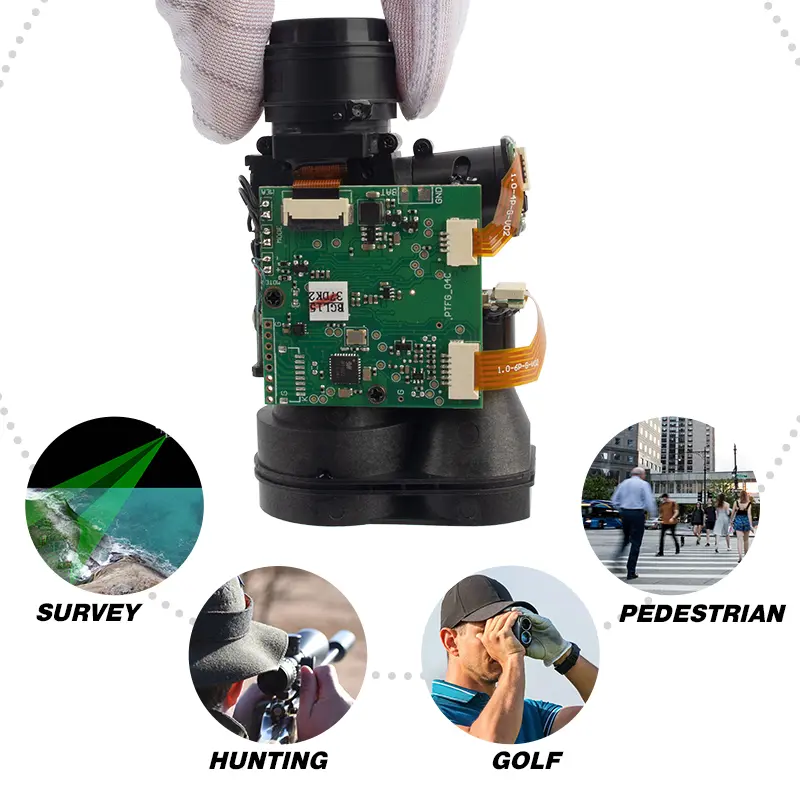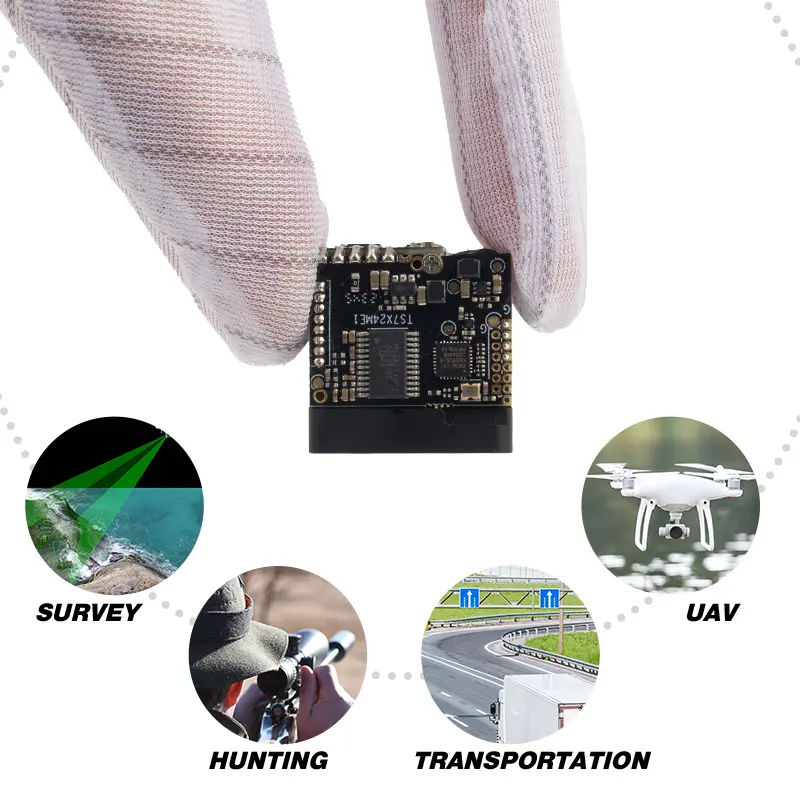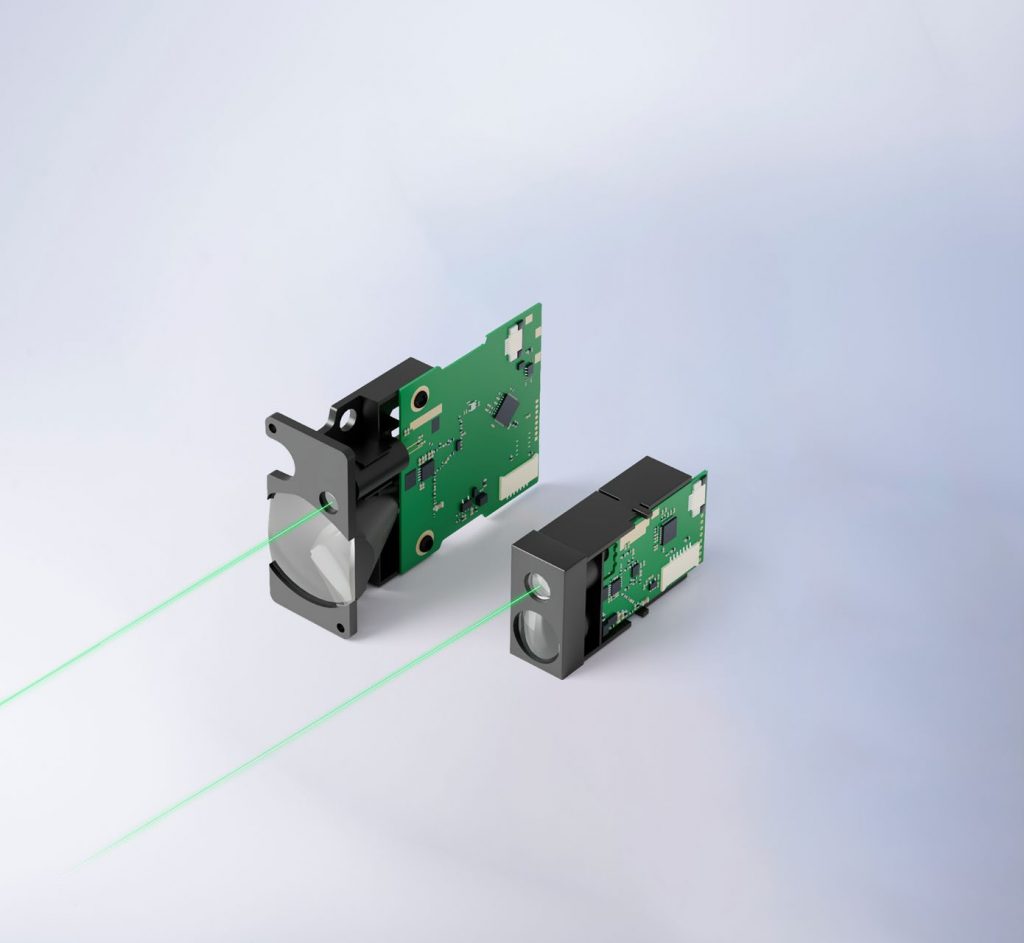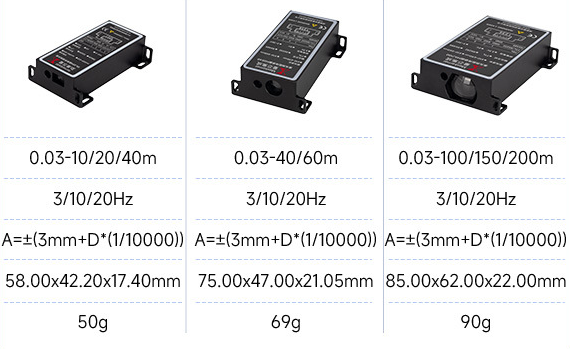Choosing the right sensor technology for your application peut be challenging, especially when comparing Lidar vs Capteurs infrarouges. Both are widely used for distance détection, évitement des obstacles, and object recognition—but they differ significantly in performance, accuracy, and use cases.
In this 2025 guide, we’ll break down the core differences between Lidar and Infrared (IR) sensors, so you can make an informed decision for your robotics, industrial, or consumer electronics project.
What’s the Difference Between Lidar and Infrared Sensors?
Lidar (Light Detection and Ranging) uses pulsed lasers to measure distances by calculating the time it takes for the light to reflect off an object and return. It creates highly accurate 3D point clouds of the environment.
Capteurs infrarouges, on the other hand, rely on detecting infrared light emitted or reflected by objects. They are often used for proximity detection, motion sensing, and basic range finding over short distances.
| Fonctionnalité | Lidar Sensor | Capteur infrarouge |
|---|
| Detection Range | Up to 5000m | Up to several meters |
| Précision | ±1 mm | ±2–5 cm |
| Principe de fonctionnement | Time-of-flight laser pulse | Infrared light detection |
| Data Output | 3D point cloud, depth map | Binary (near/far), simple distance |
| Résistance à la lumière ambiante | Haut | Moderate to low |
| Coût | Moyen à élevé | Faible |
| Common Use Cases | Robotics, drones, autonomous vehicles, industrial mapping | Smart home devices, basic obstacle detection, indoor automation |
Lidar vs Infrared Sensor Accuracy
When precision matters—such as in autonomous navigation, 3D mapping, or industrial measurements—Lidar is clearly superior. It can achieve millimeter-level accuracy and handle longer distances reliably, even in outdoor environments.
Infrared sensors are more suitable for short-range detection and basic proximity sensing. They are cost-effective and easy to integrate, but struggle in direct sunlight or when targeting low-reflective surfaces.
Environmental Performance: Lidar vs IR
Lidar sensors are built to operate in harsh environments such as fog, rain, or dust. Many models come with IP65+ protection, making them ideal for outdoor and industrial use.
Capteurs infrarouges are best for indoor applications. They can be affected by heat sources, sunlight, and smoke, which reduce their accuracy and detection consistency.
Use Case Comparison: Which One Should You Choose?
Here’s a quick breakdown to help you choose the right sensor for your application:
| Application | Capteur recommandé | Why? |
|---|
| Autonomous navigation | Lidar | High-accuracy mapping and long-range detection |
| Smart home motion sensing | Infrarouge | Simple, cost-effective proximity detection |
| Warehouse AGV/AMR | Lidar | Precise obstacle detection in dynamic environments |
| DIY electronics / Arduino | Infrarouge | Low-cost and easy to use for basic tasks |
| Mining / Outdoor automation | Lidar | Rugged design, long-range sensing |
| Gesture detection / Short-range response | Infrarouge | Quick reaction at close range |
| Industrial safety zones | Lidar or IR (depending on range) | Choose based on required field size and precision |
Lidar vs Infrared: Cost and Integration
While Lidar provides superior performance, it comes at a higher cost and may require more complex integration, particularly in embedded systems. However, modern solid-state Lidar modules have significantly reduced the price and form factor.
Infrared sensors remain the go-to solution for low-cost, low-power applications. They’re easy to embed into small devices such as robot vacuums, smart light systems, or gesture interfaces.
Meskernel’s Lidar and Infrared Sensor Solutions
Au Meskernel, we offer a wide range of mesure de la distance solutions:
Need help choosing between Lidar vs Infrared sensors for your project? Talk to our engineers — we’re here to help.




FAQs: Lidar vs Infrared Sensors
🔹 Why choose Lidar over infrared sensors in industrial settings?
When comparing Lidar vs Infrared for industrial use, Lidar is usually preferred for its robustness, resistance to ambient light, and superior performance in harsh conditions like dust, fog, or sunlight. Infrared sensors can be used indoors but often lack the precision and durability needed for demanding environments.
🔹 What is the main difference between Lidar vs Infrared sensors?
The main difference between Lidar vs Infrared sensors lies in their working principles and performance. Lidar uses laser pulses for precise distance measurement and mapping, while infrared sensors detect emitted or reflected IR light, often for proximity or motion detection. Lidar offers higher accuracy and longer range than infrared.
🔹 Is Lidar better than Infrared for autonomous navigation?
Absolutely. In autonomous navigation tasks, such as drones, self-driving vehicles, and robotic mapping, Lidar is far more reliable than infrared. The Lidar vs Infrared choice here is clear: Lidar offers detailed and accurate environmental sensing needed for navigation and path planning.
🔹 How does sunlight affect Lidar vs Infrared sensors?
Infrared sensors are highly affected by ambient light, especially sunlight, which can saturate the sensor and reduce detection accuracy. In contrast, Lidar systems are designed to reject ambient light, making them far more suitable for outdoor applications.
When it comes to Lidar vs Infrared sensors, the right choice is about performance vs cost. Infrared is ideal for budget-conscious, short-range applications. Lidar is unbeatable in accuracy and range.
Choose wisely—or let Meskernel help you find the perfect fit for your application.